Expertise PCB Manufacturing with MultPCB
From simple single-layer PCBs to advanced multi-layer and flex boards, MultPCB provides tailored solutions for all your manufacturing needs.
"At MultPCB, we combine 18 years of industry expertise with state-of-the-art technology to deliver high-quality PCB solutions. Our commitment to precision, speed, and customer satisfaction makes us a trusted partner for global businesses."
What is PCB?
PCB, also known as printed circuit board, is a circuit board without any electronic components mounted or assembled on it. It consists of a substrate (usually a non – conductive material such as fiberglass – reinforced epoxy resin) and a pattern of copper traces. These copper traces are designed to provide the electrical pathways for connecting components once they are installed. The bare PCB may also have drilled holes for component leads and vias (connections between different layers in a multi – layer PCB).
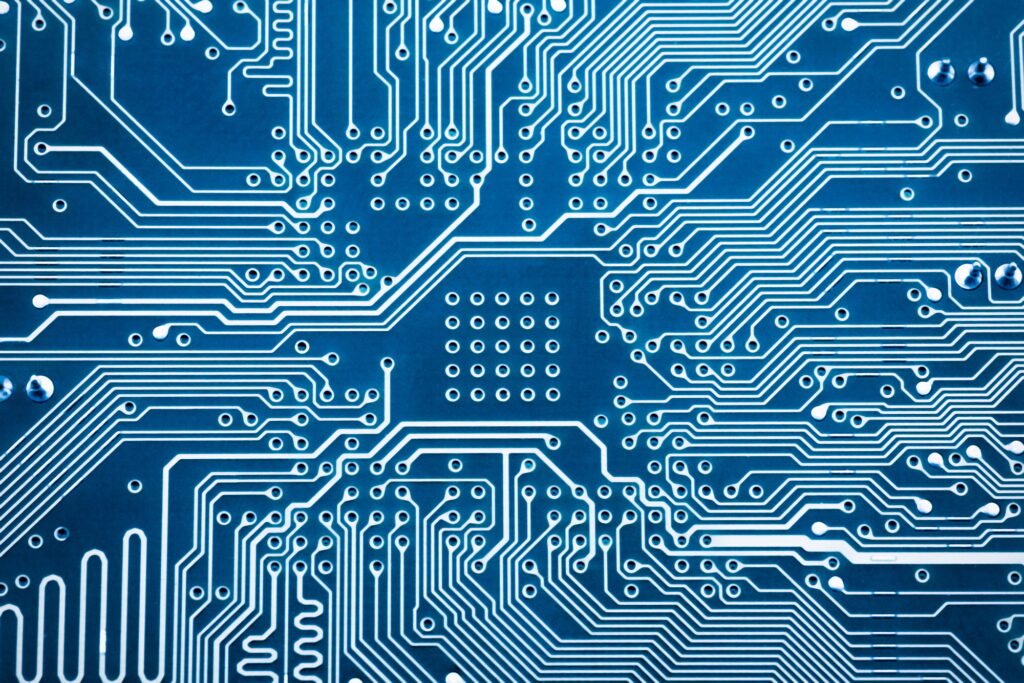
What are the steps of PCB Manufacturing ?
(1-2 layer VS Multilayer PCB)
Single /double layer PCB manufacturing steps
- MI (Manufacturing Instruction)
- Drilling holes
- PTH & copper plating
- Dry film and exposure
- Copper etching
- Copper trace AOI
- Solder mask printing
- Legend printing
- Surface treatment
- Outline Profiling
- Flying probe test or E-testing
- FQC (Final Quality checking)
- Packaging
Multilayer PCB manufacturing steps
- MI (Manufacturing Instruction)
- prepreg and core materials cutting for inner layer
- Inner layer dry film and exposure
- Inner layer etching
- Inner layer AOI
- Layer Stacking and Lamination
- Drilling holes
- PTH & copper plating
- Dry film and exposure
- Copper etching
- Copper trace AOI
- Solder mask printing
- Legend printing
- Surface treatment
- Outline Profiling
- Flying probe test or E-testing
- FQC (Final Quality checking)
- Packaging
PCB Manufacturing Advantages at MultPCB
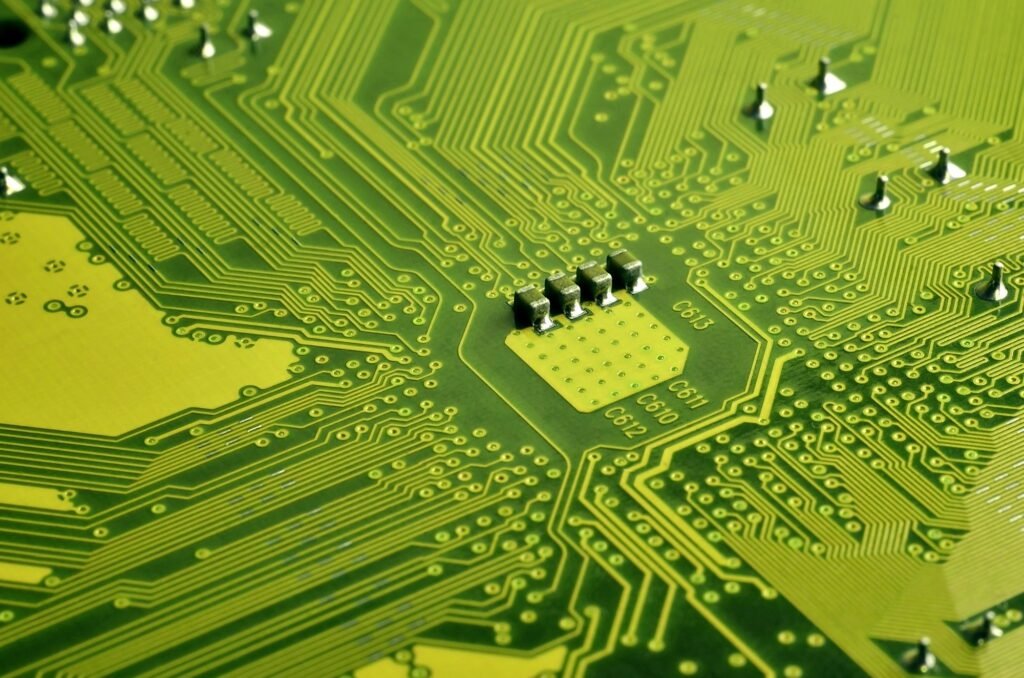
- Over 18 years in the PCB manufacturing industry.
- State-of-the-art equipment for high precision and consistency.
- Flexible manufacturing options to meet unique client requirements.
- Comprehensive testing, including AOI, E-test, and functional testing.
- Efficient shipping and support to customers worldwide.
- Competitive pricing without compromising quality, ensuring the best value for customers.
- Commitment to sustainable manufacturing processes and environmentally friendly materials.
Choose the PCBs you need
4-20 Layer PCB
Multi-layer PCB
Single and Double-sided PCB
1-2 Layer PCB
1-8 Layer FPC
1-8Layer Flex PCB
1-4L Aluminum PCB
Metal Core PCB
4-12oz Copper PCB
Heavy Copper PCB
HF PCB or RF PCB
High Frequency PCB
Carbon Ink PCB
Carbon Ink PCB
High TG PCB
High TG PCB
PCB Assembly
PCB Assembly
Please share your Gerber file & specifications to get a free quote
PCB Applications and Industries
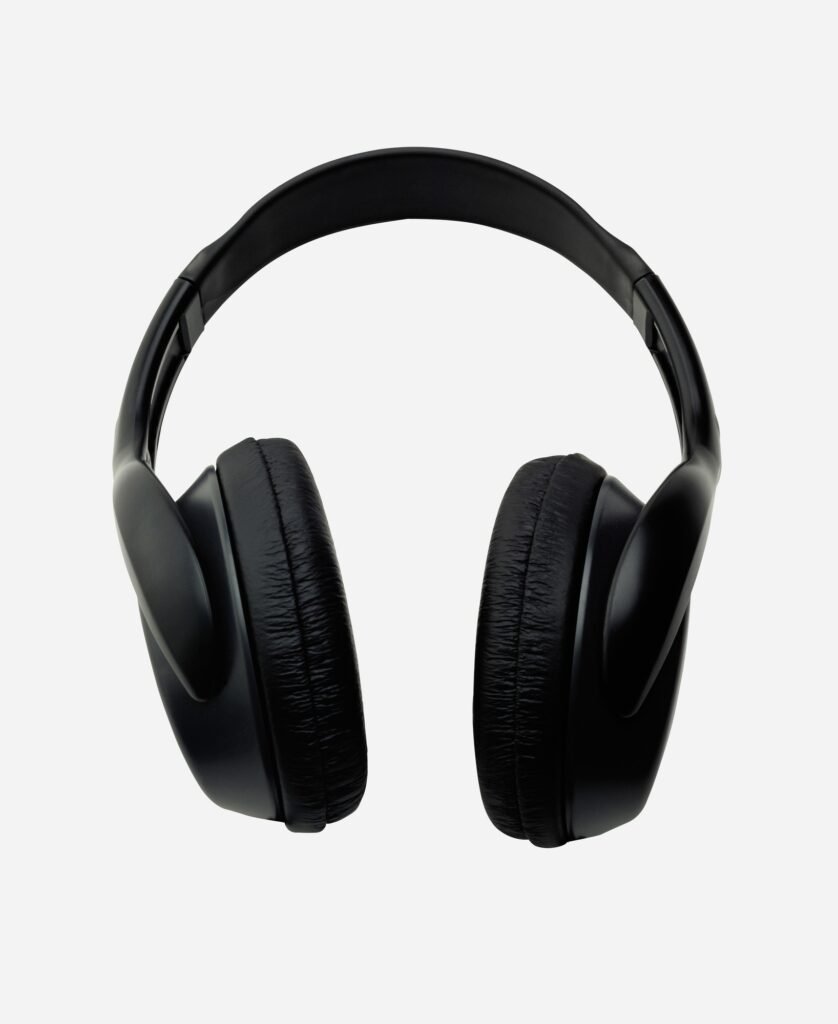
Consumer Electronics

Industrial Controls
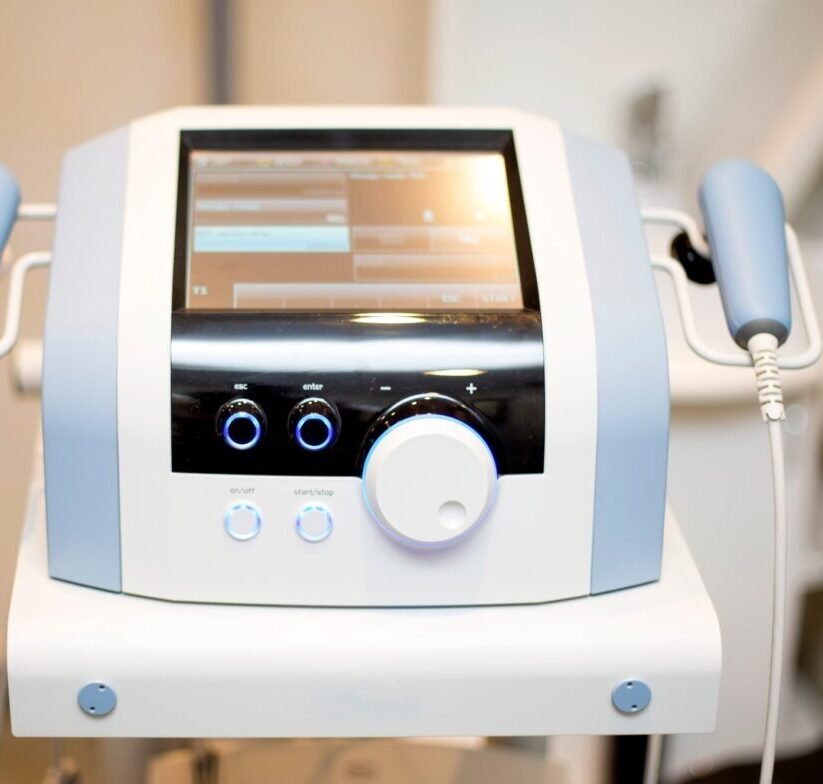
Medical Devices

Telecommunication

Metering
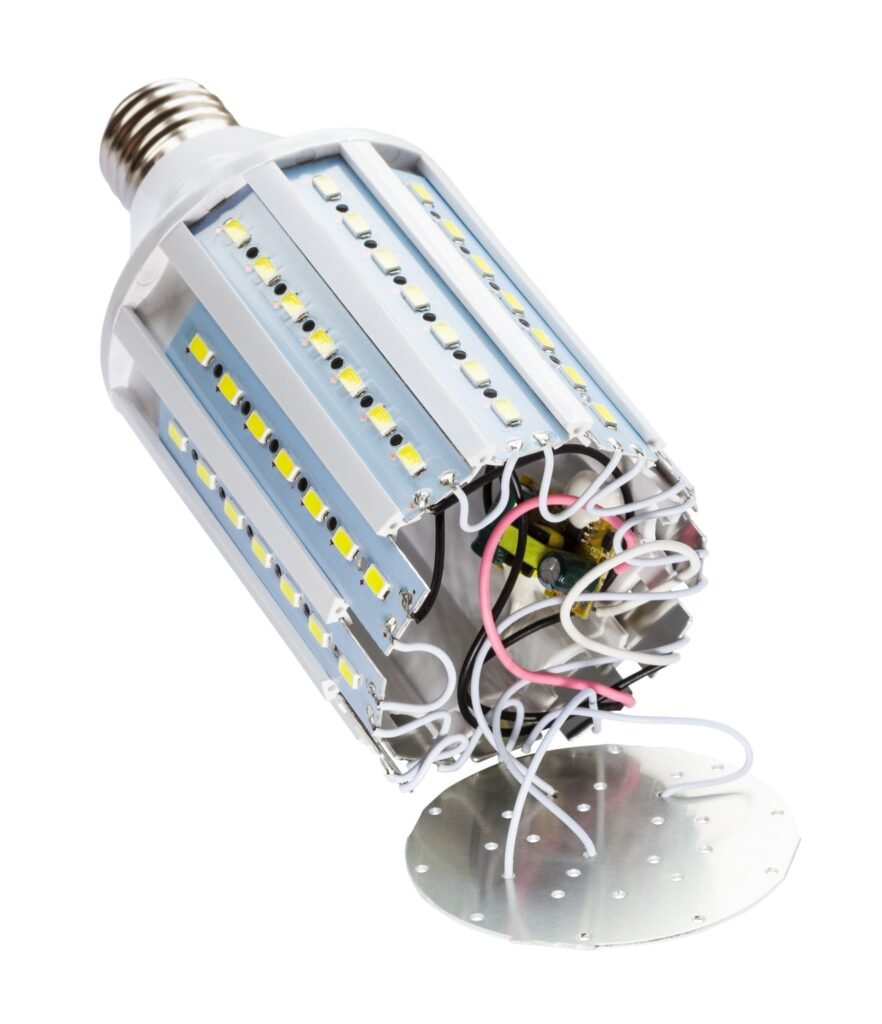
Lighting

IoT

New power and energy
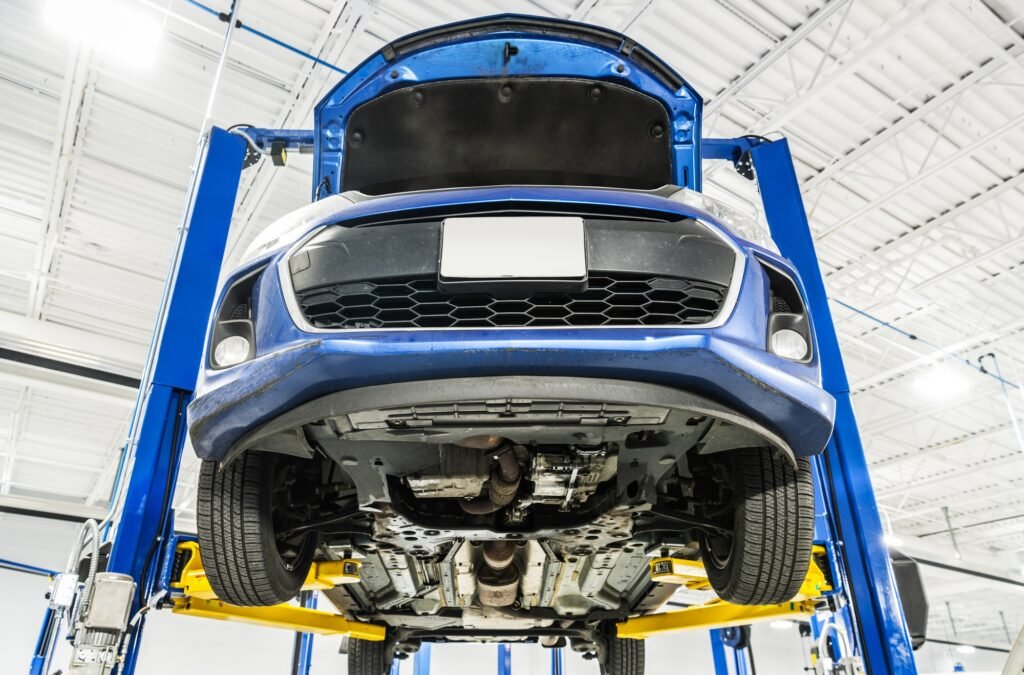
automotive
FAQs About MultPCB Services
1. What are the different types of PCBs?
PCBs can be single-layer, double-layer, or multilayer. They also include flexible, rigid, rigid-flex, and metal-core PCBs for various applications.
2. What materials are used in PCB manufacturing?
Common materials include FR4 (fiberglass epoxy laminate), polyimide for flexible boards, and metal-core materials for thermal management.
3. What is the difference between single-sided, double-sided, and multilayer PCBs?
Single-sided PCBs have components and traces on one side, double-sided PCBs have them on both sides, and multilayer PCBs consist of multiple layers of conductive material separated by insulation.
4. What are the typical steps in PCB manufacturing?
The main steps include design, material preparation, imaging, etching, drilling, plating, solder mask application, surface finishing, and testing.
5. What are the common surface finishes in PCB manufacturing?
Popular finishes include HASL, ENIG, OSP, Immersion Tin, and Immersion Silver, each offering different levels of protection and solderability.
6. What are the tolerances in PCB manufacturing?
Tolerances for aspects like trace width, hole size, and layer alignment vary depending on the manufacturing capabilities and customer requirements. Please refeer to PCB capabilities for details.
7. How is quality control ensured during PCB manufacturing?
Quality control involves inspections such as Automated Optical Inspection (AOI), X-ray inspection, and electrical testing for continuity and short circuits.
8. What are the lead times for PCB manufacturing?
Standard lead times range from 4–7 days for prototypes to several weeks for high-volume production, depending on complexity and order size. MultPCB can also provide quickturn prototype service, the leadtime can be 24 to 72 hours.
9. What factors influence PCB manufacturing costs?
Key factors include board size, layer count, material type, surface finish, drilling hole size and quantity, copper thickness and volume of the order etc.
